Narjes Nabipour
Application of ERA5 and MENA simulations to predict offshore wind energy potential
Feb 24, 2020



Abstract:This study explores wind energy resources in different locations through the Gulf of Oman and also their future variability due climate change impacts. In this regard, EC-EARTH near surface wind outputs obtained from CORDEX-MENA simulations are used for historical and future projection of the energy. The ERA5 wind data are employed to assess suitability of the climate model. Moreover, the ERA5 wave data over the study area are applied to compute sea surface roughness as an important variable for converting near surface wind speeds to those of wind speed at turbine hub-height. Considering the power distribution, bathymetry and distance from the coats, some spots as tentative energy hotspots to provide detailed assessment of directional and temporal variability and also to investigate climate change impact studies. RCP8.5 as a common climatic scenario is used to project and extract future variation of the energy in the selected sites. The results of this study demonstrate that the selected locations have a suitable potential for wind power turbine plan and constructions.
Comparative analysis of machine learning models for Ammonia Capture of Ionic Liquids
Feb 19, 2020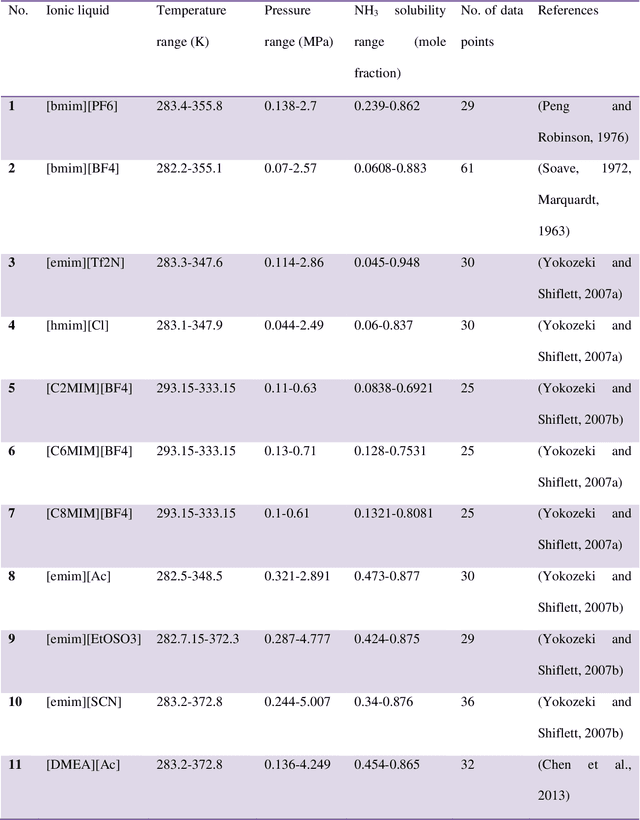
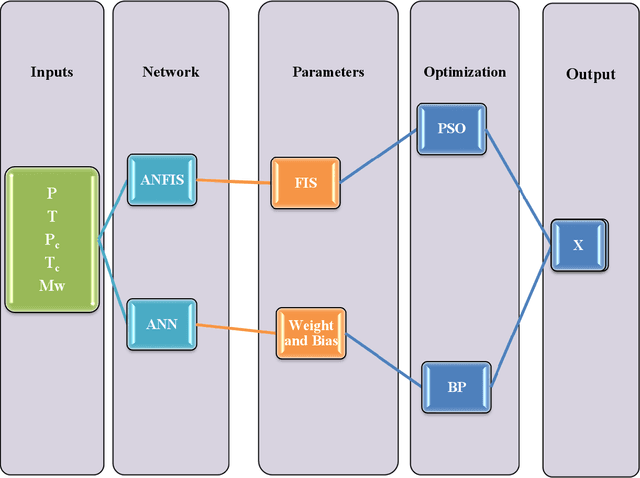
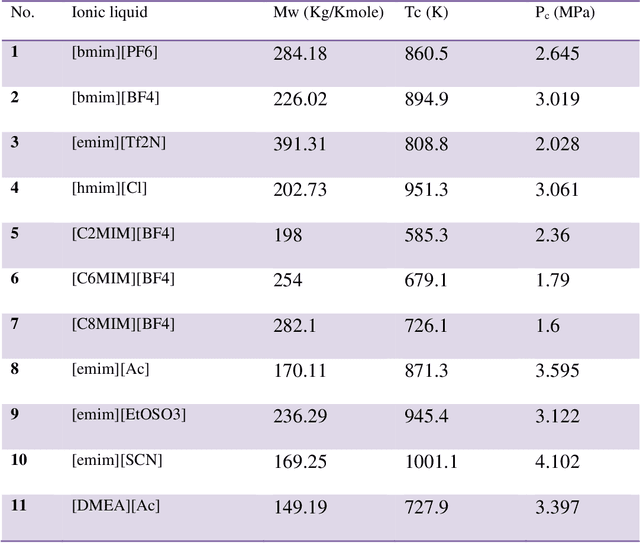
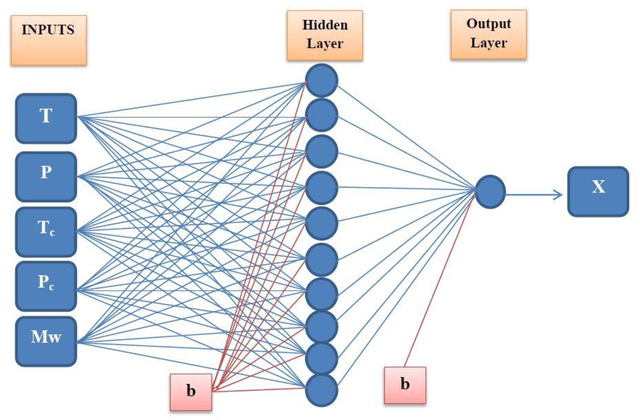
Abstract:Industry uses various solvents in the processes of refrigeration and ventilation. Among them, the Ionic liquids (ILs) as the relatively new solvents, are known for their proven eco-friendly characteristics. In this research, a comprehensive literature review was carried out to deliver an insight into the ILs and the prediction models used for estimating the ammonia solubility in ILs. Furthermore, a number of advanced machine learning methods, i.e. multilayer perceptron (MLP) and a combination of particle swarm optimization (PSO) and adaptive neuro-fuzzy inference system (ANFIS) models are used to estimate the solubility of ammonia in various ionic liquids. Affecting parameters were molecular weight, critical temperature and pressure of ILs. Furthermore, the salability is also predicted using the two-equation of states. Down the line, some comparisons were drawn between experimental and modeling results which is rarely done. The study shows that the equations of states are not able estimate the solubility of ammonia accurately, by contrast, artificial intelligence methods have produced promising results.
Wind speed prediction using a hybrid model of the multi-layer perceptron and whale optimization algorithm
Feb 14, 2020



Abstract:Wind power as a renewable source of energy, has numerous economic, environmental and social benefits. In order to enhance and control renewable wind power, it is vital to utilize models that predict wind speed with high accuracy. Due to neglecting of requirement and significance of data preprocessing and disregarding the inadequacy of using a single predicting model, many traditional models have poor performance in wind speed prediction. In the current study, for predicting wind speed at target stations in the north of Iran, the combination of a multi-layer perceptron model (MLP) with the Whale Optimization Algorithm (WOA) used to build new method (MLP-WOA) with a limited set of data (2004-2014). Then, the MLP-WOA model was utilized at each of the ten target stations, with the nine stations for training and tenth station for testing (namely: Astara, Bandar-E-Anzali, Rasht, Manjil, Jirandeh, Talesh, Kiyashahr, Lahijan, Masuleh, and Deylaman) to increase the accuracy of the subsequent hybrid model. The capability of the hybrid model in wind speed forecasting at each target station was compared with the MLP model without the WOA optimizer. To determine definite results, numerous statistical performances were utilized. For all ten target stations, the MLP-WOA model had precise outcomes than the standalone MLP model. The hybrid model had acceptable performances with lower amounts of the RMSE, SI and RE parameters and higher values of NSE, WI, and KGE parameters. It was concluded that the WOA optimization algorithm can improve the prediction accuracy of MLP model and may be recommended for accurate wind speed prediction.
Intelligent Road Inspection with Advanced Machine Learning; Hybrid Prediction Models for Smart Mobility and Transportation Maintenance Systems
Jan 18, 2020



Abstract:Prediction models in mobility and transportation maintenance systems have been dramatically improved through using machine learning methods. This paper proposes novel machine learning models for intelligent road inspection. The traditional road inspection systems based on the pavement condition index (PCI) are often associated with the critical safety, energy and cost issues. Alternatively, the proposed models utilize surface deflection data from falling weight deflectometer (FWD) tests to predict the PCI. Machine learning methods are the single multi-layer perceptron (MLP) and radial basis function (RBF) neural networks as well as their hybrids, i.e., Levenberg-Marquardt (MLP-LM), scaled conjugate gradient (MLP-SCG), imperialist competitive (RBF-ICA), and genetic algorithms (RBF-GA). Furthermore, the committee machine intelligent systems (CMIS) method was adopted to combine the results and improve the accuracy of the modeling. The results of the analysis have been verified through using four criteria of average percent relative error (APRE), average absolute percent relative error (AAPRE), root mean square error (RMSE), and standard error (SD). The CMIS model outperforms other models with the promising results of APRE=2.3303, AAPRE=11.6768, RMSE=12.0056, and SD=0.0210.
Coronary Artery Disease Diagnosis; Ranking the Significant Features Using Random Trees Model
Jan 16, 2020
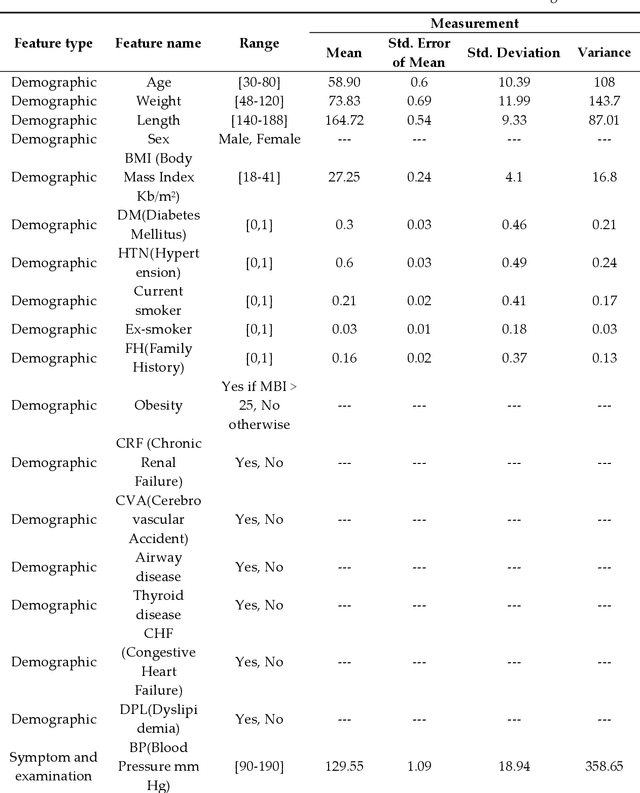
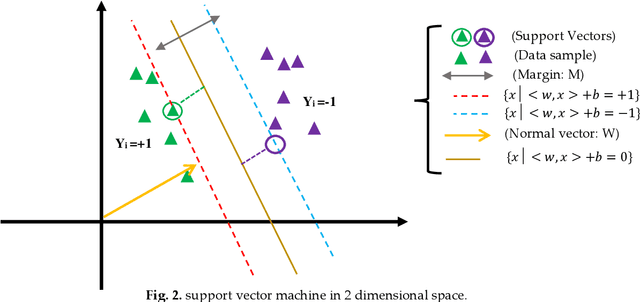

Abstract:Heart disease is one of the most common diseases in middle-aged citizens. Among the vast number of heart diseases, the coronary artery disease (CAD) is considered as a common cardiovascular disease with a high death rate. The most popular tool for diagnosing CAD is the use of medical imaging, e.g., angiography. However, angiography is known for being costly and also associated with a number of side effects. Hence, the purpose of this study is to increase the accuracy of coronary heart disease diagnosis through selecting significant predictive features in order of their ranking. In this study, we propose an integrated method using machine learning. The machine learning methods of random trees (RTs), decision tree of C5.0, support vector machine (SVM), decision tree of Chi-squared automatic interaction detection (CHAID) are used in this study. The proposed method shows promising results and the study confirms that RTs model outperforms other models.
Prediction of flow characteristics in the bubble column reactor by the artificial pheromone-based communication of biological ants
Jan 09, 2020



Abstract:In order to perceive the behavior presented by the multiphase chemical reactors, the ant colony optimization algorithm was combined with computational fluid dynamics (CFD) data. This intelligent algorithm creates a probabilistic technique for computing flow and it can predict various levels of three-dimensional bubble column reactor (BCR). This artificial ant algorithm is mimicking real ant behavior. This method can anticipate the flow characteristics in the reactor using almost 30 % of the whole data in the domain. Following discovering the suitable parameters, the method is used for predicting the points not being simulated with CFD, which represent mesh refinement of Ant colony method. In addition, it is possible to anticipate the bubble-column reactors in the absence of numerical results or training of exact values of evaluated data. The major benefits include reduced computational costs and time savings. The results show a great agreement between ant colony prediction and CFD outputs in different sections of the BCR. The combination of ant colony system and neural network framework can provide the smart structure to estimate biological and nature physics base phenomena. The ant colony optimization algorithm (ACO) framework based on ant behavior can solve all local mathematical answers throughout 3D bubble column reactor. The integration of all local answers can provide the overall solution in the reactor for different characteristics. This new overview of modelling can illustrate new sight into biological behavior in nature.
Modeling Climate Change Impact on Wind Power Resources Using Adaptive Neuro-Fuzzy Inference System
Jan 09, 2020



Abstract:Climate change impacts and adaptations are the subjects to ongoing issues that attract the attention of many researchers. Insight into the wind power potential in an area and its probable variation due to climate change impacts can provide useful information for energy policymakers and strategists for sustainable development and management of the energy. In this study, spatial variation of wind power density at the turbine hub-height and its variability under future climatic scenarios are taken under consideration. An ANFIS based post-processing technique was employed to match the power outputs of the regional climate model with those obtained from the reference data. The near-surface wind data obtained from a regional climate model are employed to investigate climate change impacts on the wind power resources in the Caspian Sea. Subsequent to converting near-surface wind speed to turbine hub-height speed and computation of wind power density, the results have been investigated to reveal mean annual power, seasonal, and monthly variability for a 20-year period in the present (1981-2000) and in the future (2081-2100). The findings of this study indicated that the middle and northern parts of the Caspian Sea are placed with the highest values of wind power. However, the results of the post-processing technique using adaptive neuro-fuzzy inference system (ANFIS) model showed that the real potential of the wind power in the area is lower than those of projected from the regional climate model.
Hybrid Machine Learning Model of Extreme Learning Machine Radial basis function for Breast Cancer Detection and Diagnosis; a Multilayer Fuzzy Expert System
Oct 29, 2019
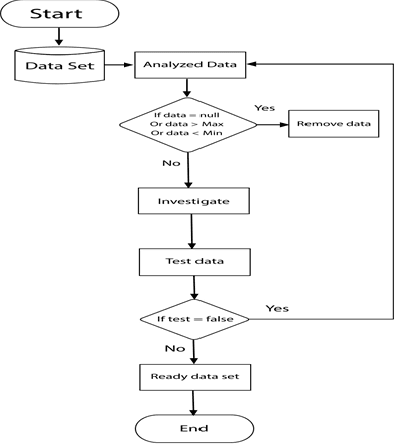
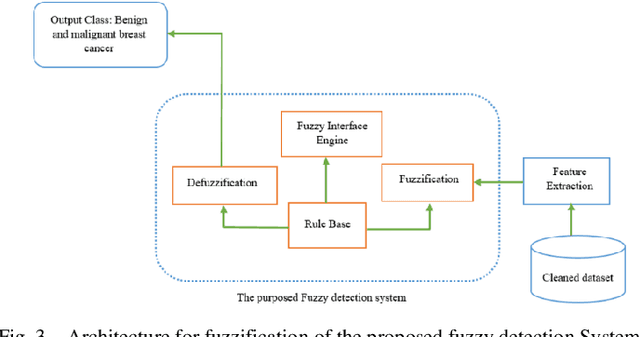
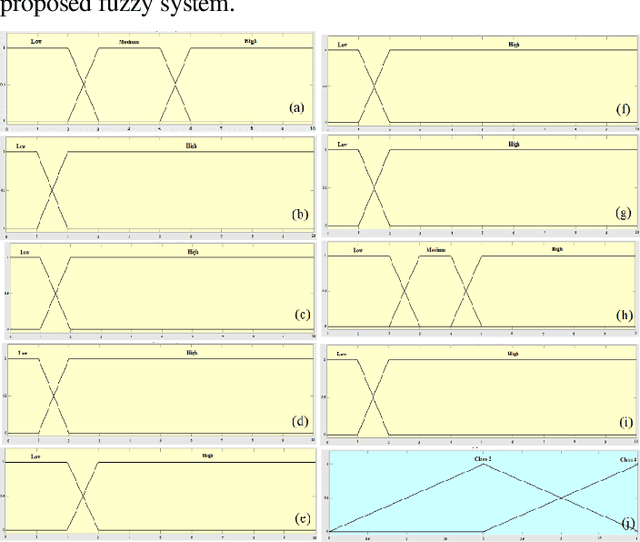
Abstract:Mammography is often used as the most common laboratory method for the detection of breast cancer, yet associated with the high cost and many side effects. Machine learning prediction as an alternative method has shown promising results. This paper presents a method based on a multilayer fuzzy expert system for the detection of breast cancer using an extreme learning machine (ELM) classification model integrated with radial basis function (RBF) kernel called ELM-RBF, considering the Wisconsin dataset. The performance of the proposed model is further compared with a linear-SVM model. The proposed model outperforms the linear-SVM model with RMSE, R2, MAPE equal to 0.1719, 0.9374 and 0.0539, respectively. Furthermore, both models are studied in terms of criteria of accuracy, precision, sensitivity, specificity, validation, true positive rate (TPR), and false-negative rate (FNR). The ELM-RBF model for these criteria presents better performance compared to the SVM model.
 Add to Chrome
Add to Chrome Add to Firefox
Add to Firefox Add to Edge
Add to Edge